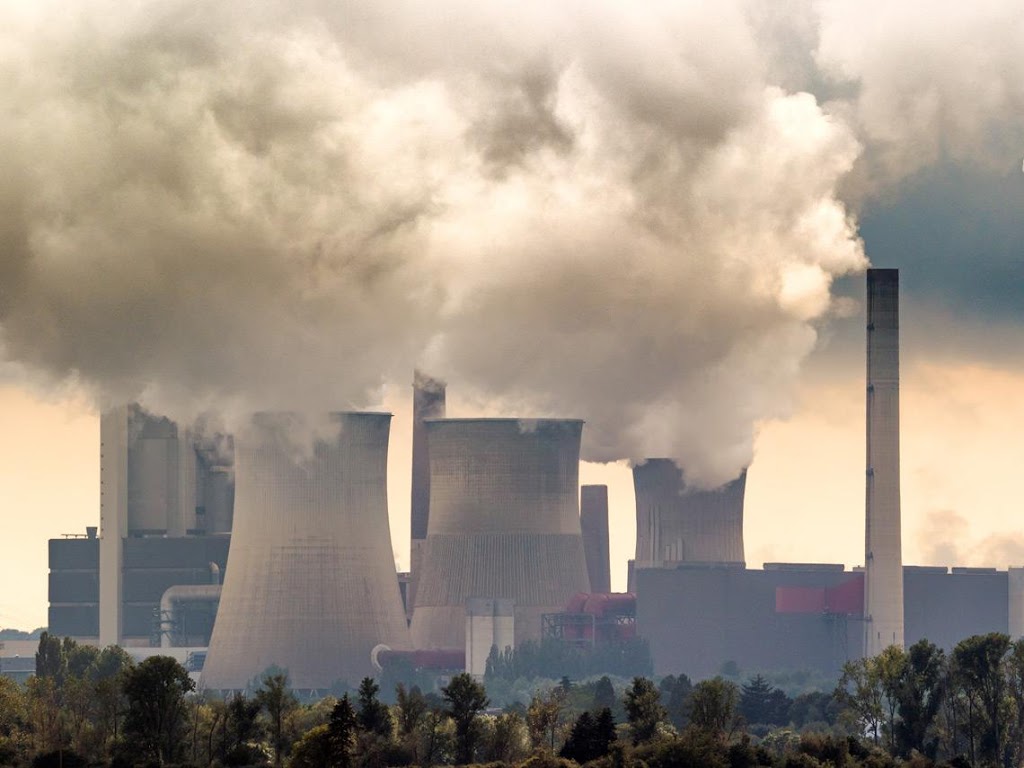Forced closures following the coronavirus emergency have resulted the strongest drop in carbon production since the start of the recordings.
Daily emissions of the greenhouse gas plunged 17% by early April compared with 2019 levels, according to the first definitive study of global carbon output this year and in some countries during the most relevant period emissions fell by just over a quarter (26%) on average. In the UK, the decline was about 31%, while in Australia emissions fell 28.3% for a period during April.
The analysis was conducted by scientists from the University of East Anglia, Stanford University in the US, the Cicero Centre in Norway, as well as scientists in the Netherlands, Australia, France and Germany. Estimates were taken from 69 countries, 50 US states and 30 Chinese provinces, representing 97% of global carbon emissions.
Corinne Le Quéré, a professor of climate change at the University of East Anglia, said: «This is a really big fall, but at the same time, 83% of global emissions are left, which shows how difficult it is to reduce emissions with changes in behaviour. This is not the way to tackle climate change».
In short, these numbers are not at all stimulating, given that with the return of normalcy in each country we would return to the usual production of C02, causing according to forecasts a decline of just 7%.
Mark Maslin, a professor of climatology at University College London, about this said: The real lesson of this pandemic is that we must globally shift our energy production away from fossil fuels as quickly as possible if we are to ensure sustained year-on-year cuts to our global emissions. The good news is that both of these will help to maintain the clean air and clear skies we have all rediscovered during lockdown, saving many lives».









Show Comments